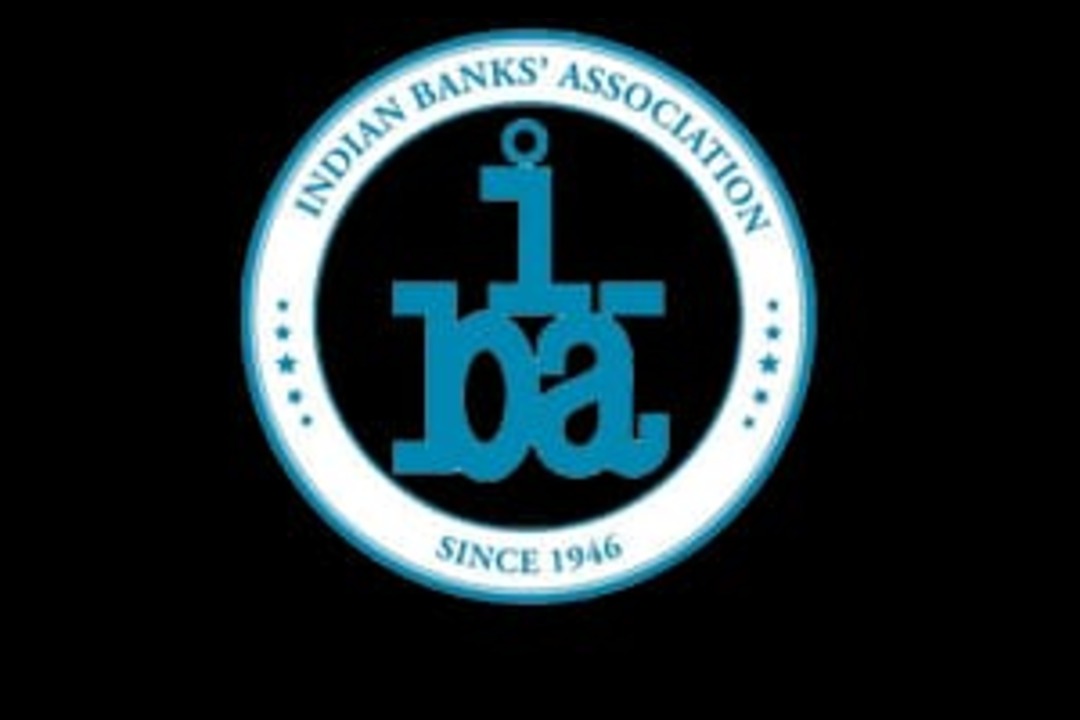Companies to get 10-15 days for representation in case of show-cause notices
Ankita Bora | August 30, 2023
The Reserve Bank of India (RBI) sent a new Standard Operating Procedure (SOP) to the banks which states that borrowers will have 10-15 days to represent themselves after receiving a show cause notice for wilful defaulter cases.
This comes after a series of petitions filed by account holders demanding classification of both fraud and wilful defaulter under one category.
“If the borrower fails to provide a satisfactory explanation, the bank will be able to declare the borrower a wilful defaulter,” said Sunil Mehta, chief executive of Indian Banks’ Association, “This will mean that the borrower will be barred from taking any further loans from banks and other financial institutions.”
The SOP, previously sent to the RBI by the Indian Banks’ Association (IBA), has been distributed to the banks, according to Mehta. The SOP includes a process of sending a reasoned order to the banks if they fail to prove their claims.
In March 2023, the Supreme Court had ruled that banks must issue a show-cause notice to borrowers before declaring them as fraud. The new SOP comes after a series of petitions filed by account holders demanding classification of both fraud and wilful defaulter under one category.
“It will ensure that borrowers are not declared wilful defaulters without due process. It will also give borrowers a chance to explain their side of the story before being declared a defaulter.”
– Sunil Mehta, Chief Executive, Indian Banks’ Association
The banks will need to redefine their existing SOP for declaring wilful defaulters. The new SOP will require banks to appoint a forensic auditor to investigate any suspicious transactions by borrowers. A show-cause notice will be issued to the borrower if the auditor finds that the individual or company has engaged in fraudulent activity.
“It will ensure that borrowers are not declared wilful defaulters without due process,” Mehta said. “It will also give borrowers a chance to explain their side of the story before being declared a defaulter.” He said that the new SOP is a positive step towards protecting the interests of banks and borrowers.
The loan rate recovery has improved significantly in recent years. “The recovery rates used to be 20-25%,” said Nishit Master, fund manager at Axis Securities Limited. “Now the recovery rates have moved to 45-50% which is more than double the historical numbers.”
Master attributed the improvement in recovery rates to the new regulations that have been introduced in the last few years. He said that these regulations have made it more difficult for borrowers to default on their loans.
“I think with the new regulations which have come in over the last 7-8 years and the implementation which has been happening since the last three years, there will be cycles but they may not be as bad as what we have seen, historically,” said Master, “The system is far more stable right now.”
The Indian banking system has come a long way in recent years in recovering loans from defaulting borrowers, according to Master. In the past, it was common for corporate borrowers to default on their loans and then continue to operate as zombie companies, with the banks unable to force them out of business.
The reference to zombie companies is a reminder of the dark days of the Indian banking sector in the early 2010s. These were insolvent companies kept alive by the banks through continuous lending. This created a moral hazard, as the borrowers knew that they could default on their loans without any real consequences.

